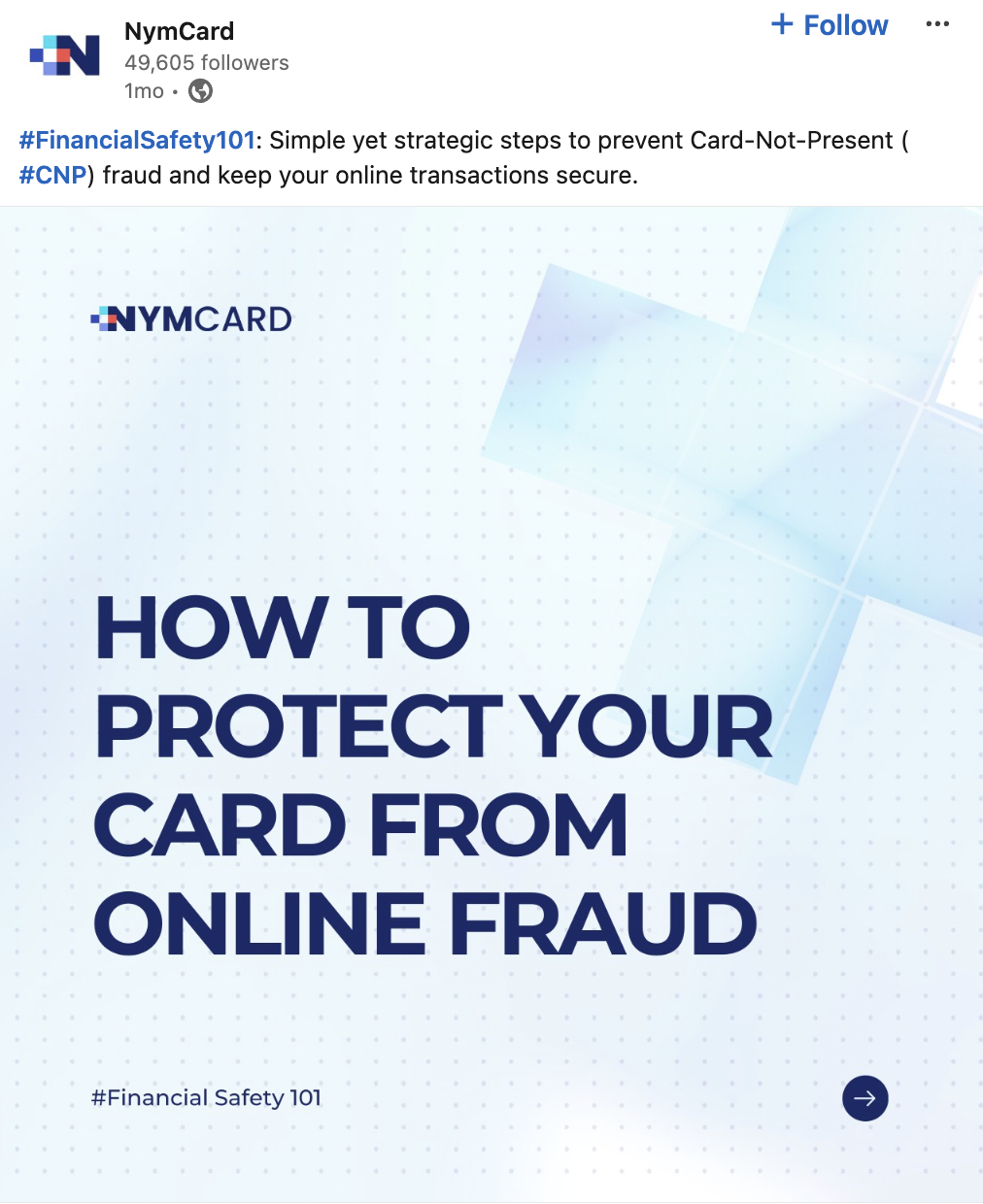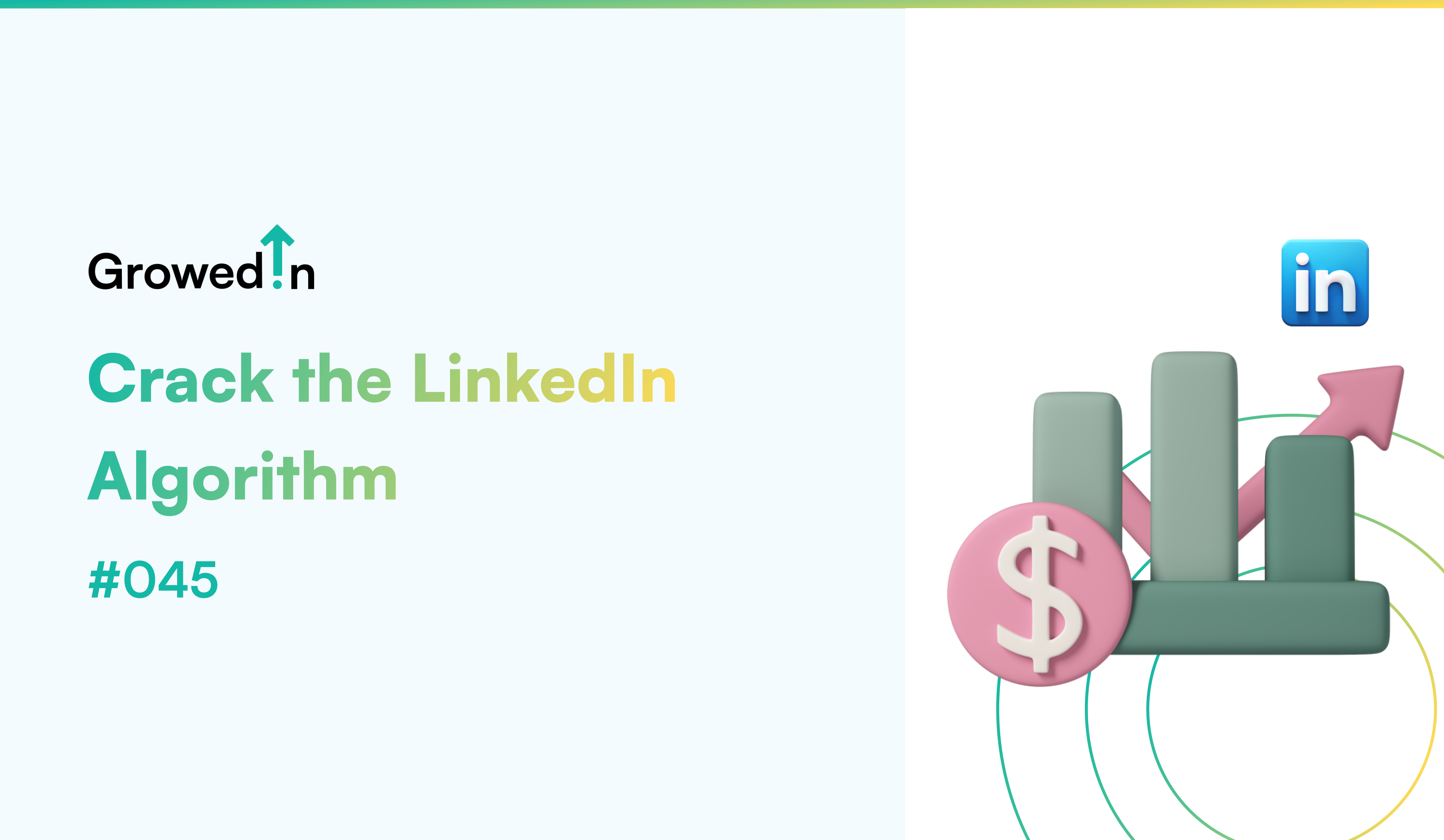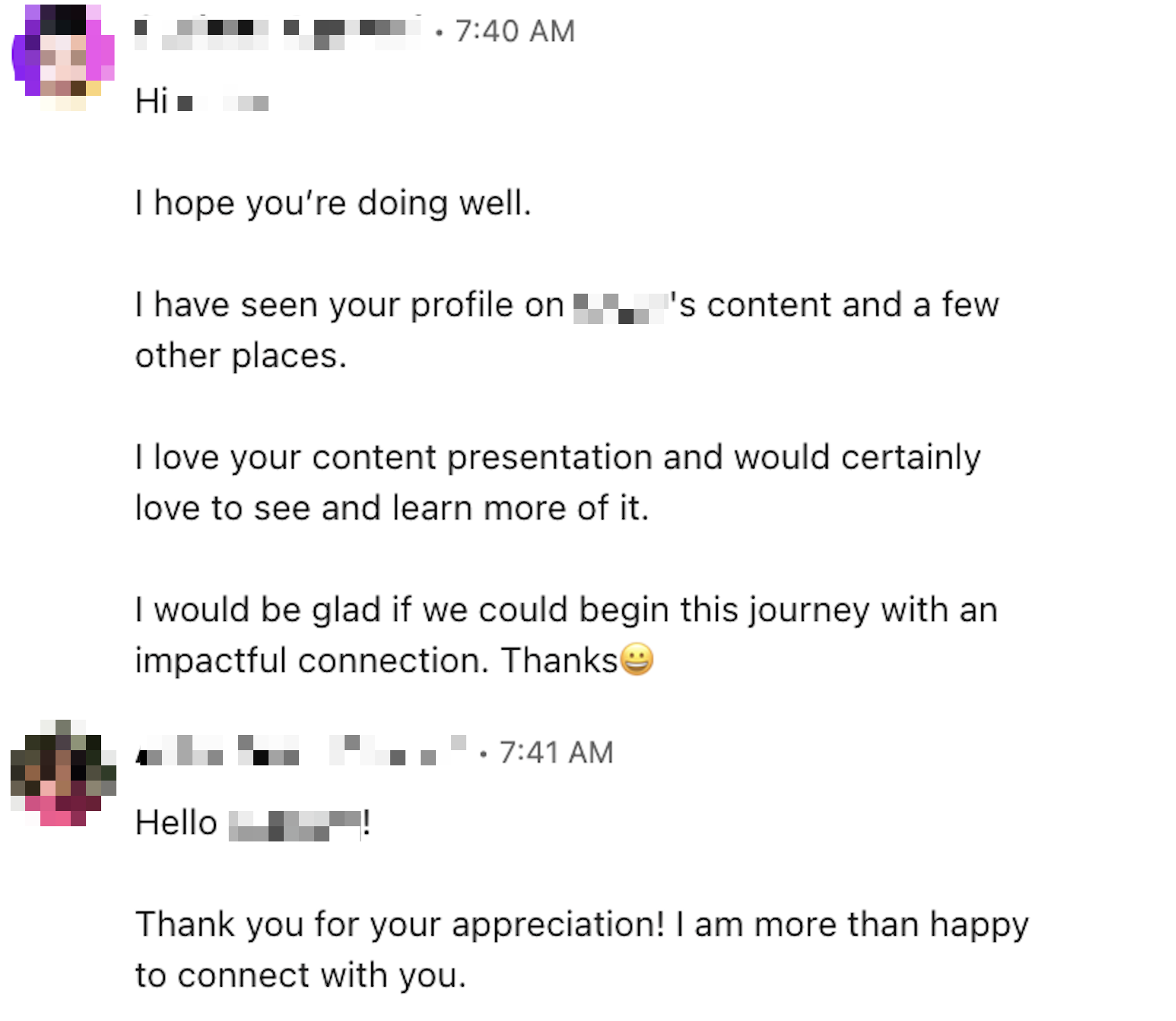#068 - Why Most Executives Fail on LinkedIn (And How to Fix It)
A lot of executives still see LinkedIn as:
• A job-finding platform
• A hiring platform
• A notice board for achievements
It is all of those things—but that’s just scratching the surface.
When used strategically, LinkedIn becomes:
• A business development engine
• A reputation builder
• A relationship accelerator
Yet, most executives aren’t leveraging LinkedIn’s full potential.
They post sporadically, focus on company updates instead of insights, and treat engagement as an afterthought.
And that’s why they don’t see results.
Visibility Does Not Equal Impact
Most executives assume visibility alone creates impact.
But visibility without trust, authority, and a system to turn engagement into business outcomes leads nowhere.
78% of B2B marketers say LinkedIn is the most effective platform for content distribution.
Yet, most executives only post when they have a major update—a new role, a big milestone, or an upcoming event.
That’s a mistake.
Here’s how to use LinkedIn as a real growth lever—for influence, credibility, and revenue.
Step 1: Optimize Your LinkedIn for Authority
A strong LinkedIn presence is about how people perceive you when they land on your profile.
Profile Optimization Checklist
• Headline: Clearly state the value you bring.
• About Section: Tell a compelling story—who you are, what you do, and how you help.
• Featured Section: Highlight key posts, case studies, or media coverage.
• Experience Section: Frame roles around impact, not just responsibilities.
Your LinkedIn profile is your digital first impression. Make it count.
Step 2: Stop Posting—Start Leading
Executives who win on LinkedIn don’t just post about their achievements. They position themselves as industry thought leaders by sharing insights, lessons, and unique perspectives.
Instead of:
"Excited to be speaking at X conference!"
Try:
"At X conference, I’ll be breaking down [industry challenge]. Here’s my take on what most people get wrong about it..."
Your audience isn’t here for updates—they are here for expertise.
Content Ideas That Work for Executives
• Breakdowns of industry trends (why they matter and what to do about them)
• Insights from leadership experience (lessons that shaped key decisions)
• Behind-the-scenes of high-impact projects (how challenges were solved)
• Contrarian takes (challenging common assumptions in the industry)
• Case studies (what worked, what didn’t, and why)
This kind of content doesn’t just drive views—it builds authority.
Step 3: Convert Visibility into Business Opportunities
Getting likes and comments is one thing. Turning them into business results is another.
• Move inbound interest offline. If someone engages frequently, start a direct conversation. Don’t pitch—build rapport.
• Identify potential partners and clients. Many of the most valuable connections are silent readers who reach out later.
• Leverage LinkedIn DMs. A well-crafted message—based on shared interests or mutual engagement—converts better than cold outreach.
• Use content as a trust-builder. Executives who post consistently shorten their sales cycles because prospects already trust them.
LinkedIn Is a Long-Term Play—But It Works
The executives who win on LinkedIn aren’t just active—they are intentional.
• They treat LinkedIn as a business development tool, not just a social platform.
• They focus on insights and relationships, not just corporate updates.
• They engage, build trust, and drive conversations, not just post and disappear.
If you apply this, you’ll notice a shift. More inbound opportunities. More credibility. More meaningful connections.
The question is: Are you ready to stop scratching the surface and start using LinkedIn as a real growth lever?
.png)





































































































































































































































